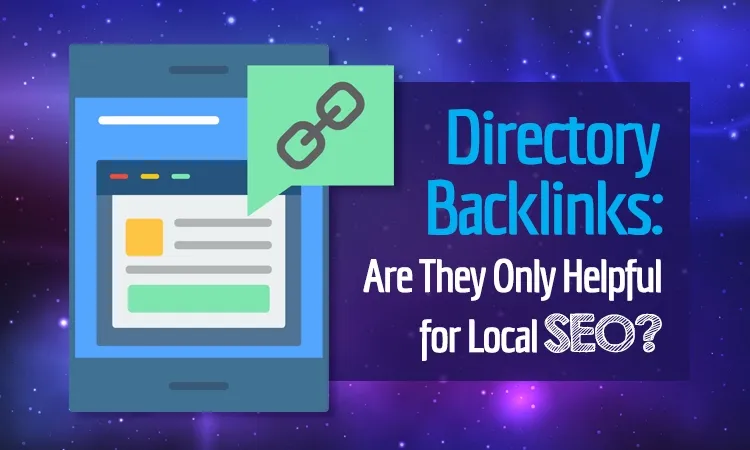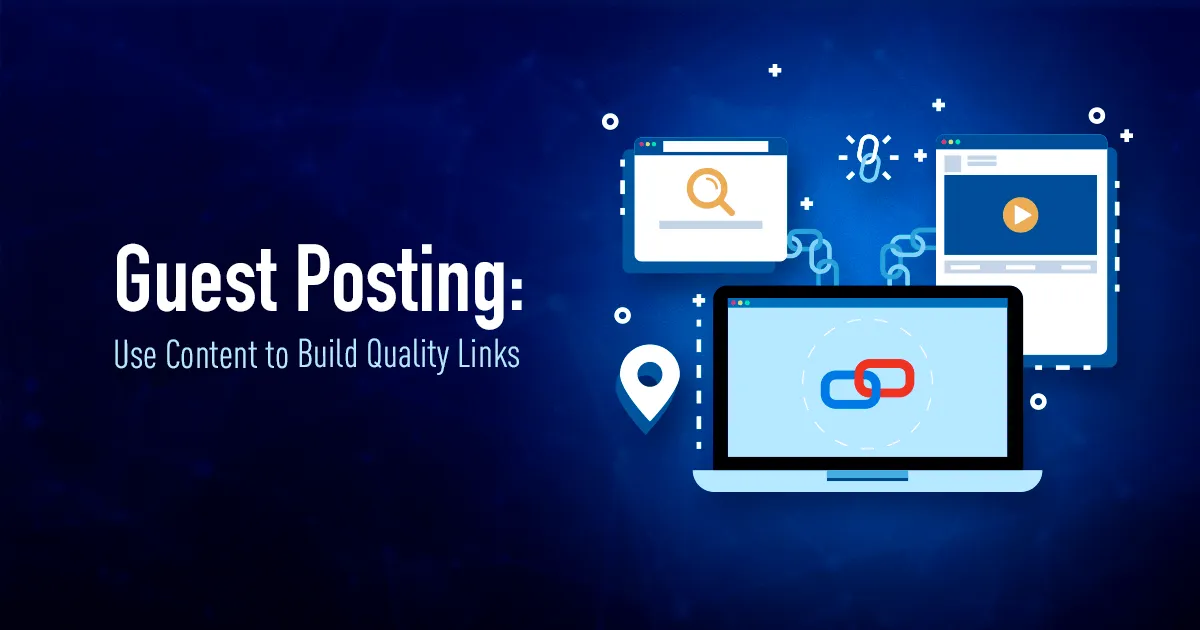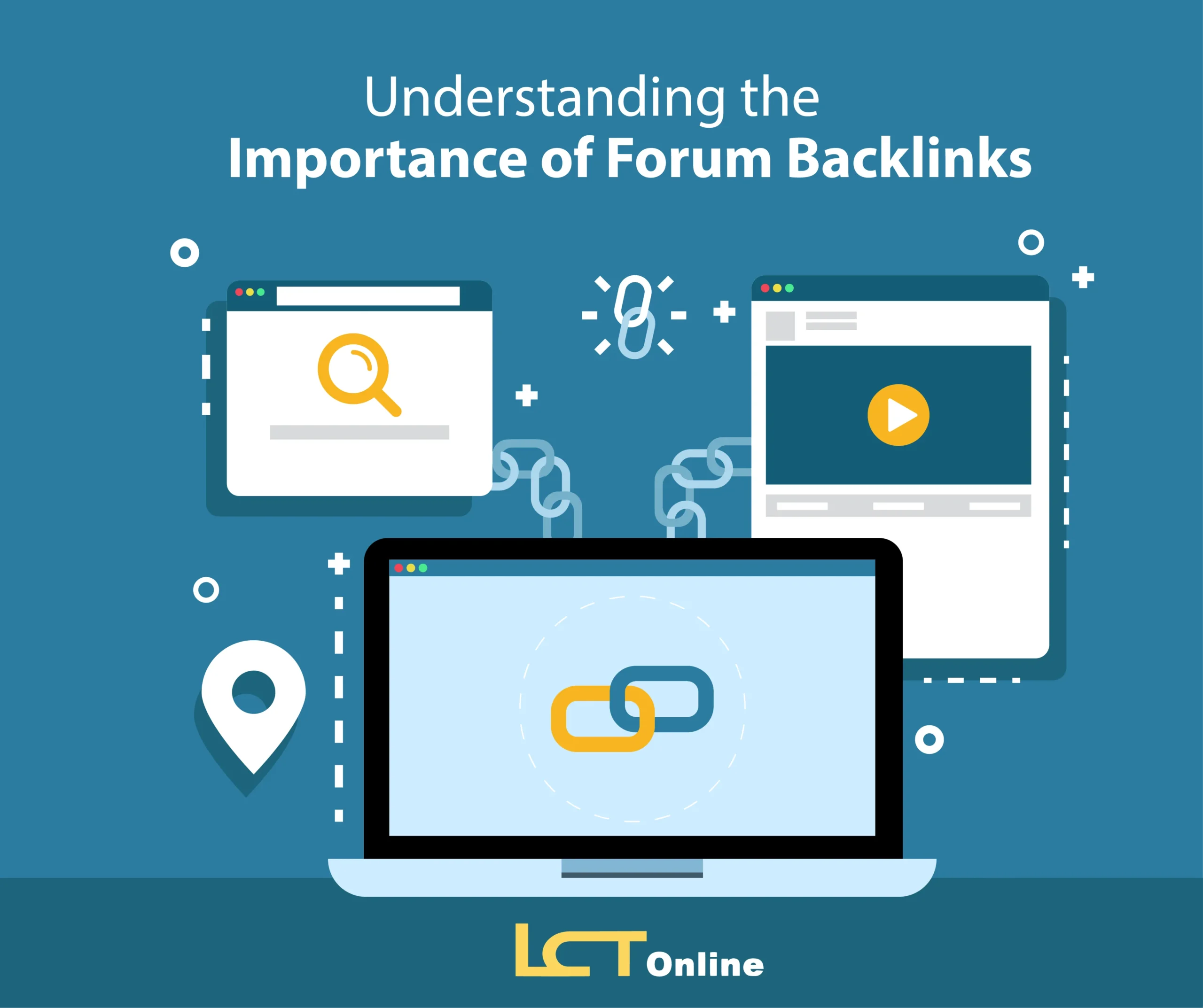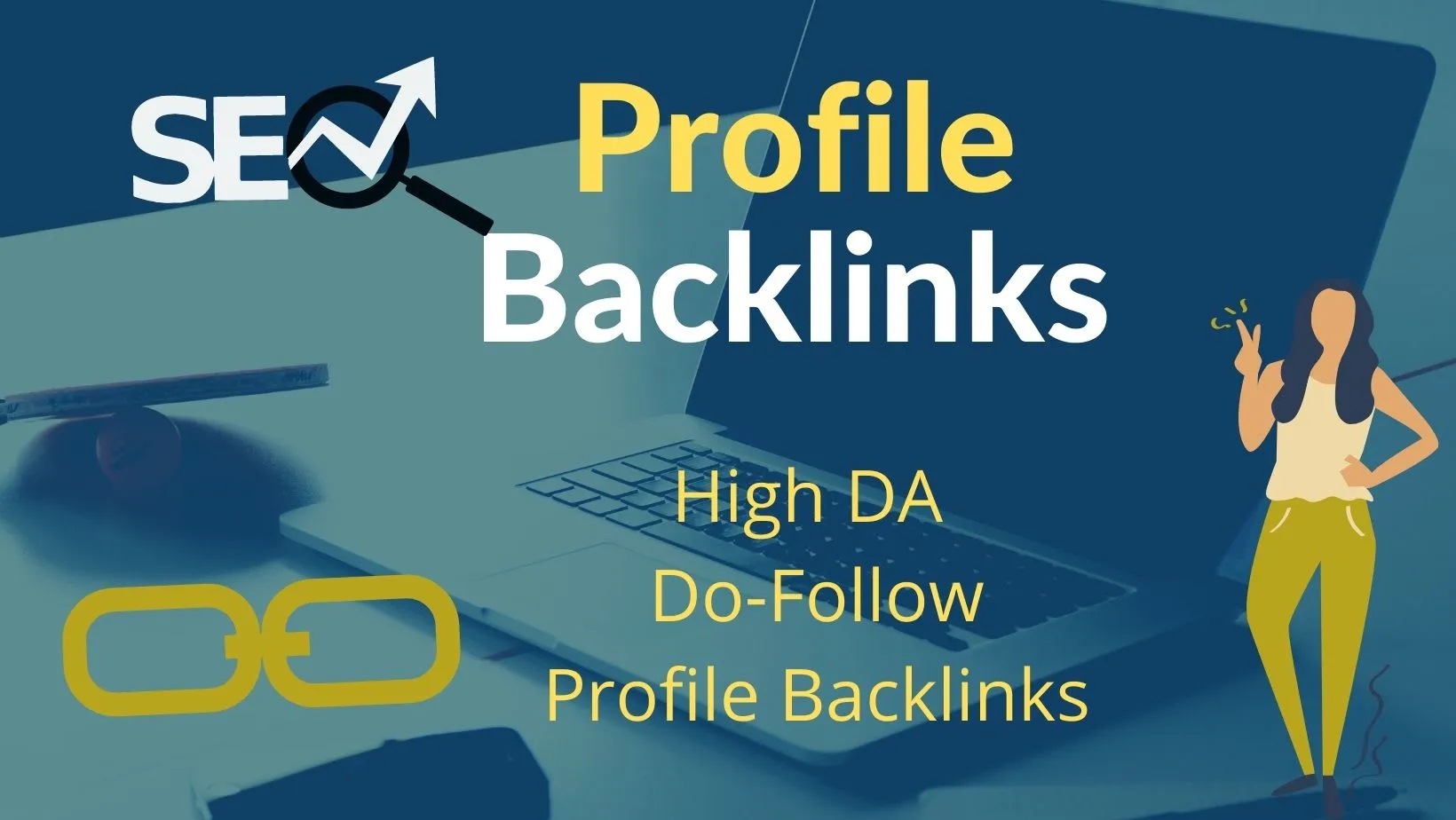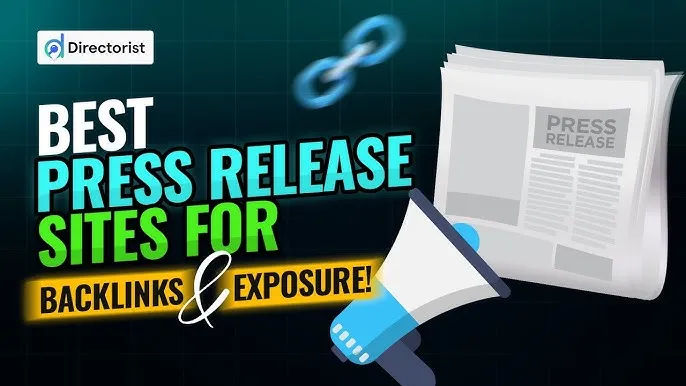In the ever-evolving world of SEO, backlinks remain one of the strongest ranking factors. Among the many link-building methods, Directory Backlinks have stood the test of time. Though many marketers underestimate them, directory backlinks—when done correctly—can help your website gain authority, credibility, and improved organic visibility.
In this detailed guide, we’ll explore what directory backlinks are, why they matter, how to create them safely, and what strategies you can use in 2025 to stay ahead in SEO.
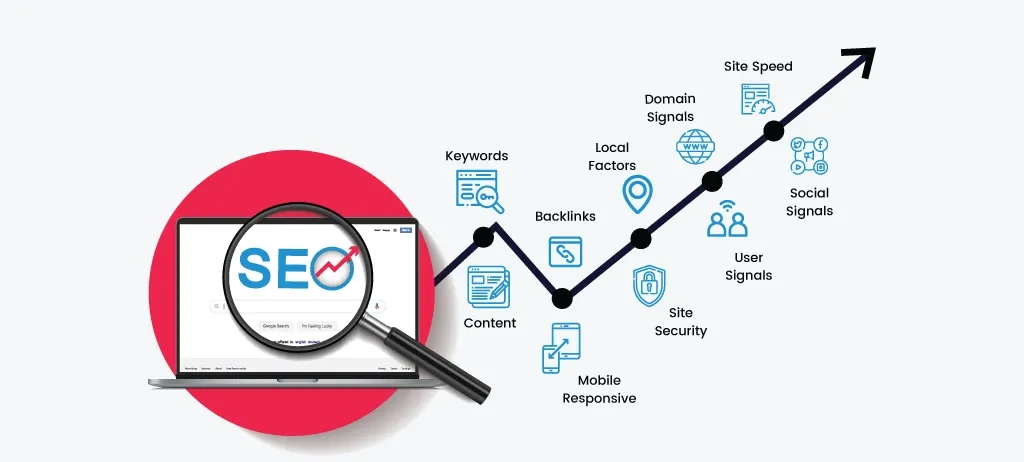
1. What Are Directory Backlinks?
A Directory Backlink is a hyperlink that points to your website from a web directory. These directories act like online catalogs where businesses, blogs, or websites are listed under specific categories.
Think of them as the modern version of the Yellow Pages—organized, searchable, and relevant. When you list your site on trusted directories, you not only gain a backlink but also increase your chances of being discovered by real users.
For example:
- A local business directory lists your brand under your city and service.
- A niche directory lists your website under your industry category (e.g., health, fashion, or technology).
2. Why Directory Backlinks Still Matter in 2025
Many believe that directory backlinks are outdated. However, that’s far from the truth. When done strategically, they can significantly enhance your SEO efforts. Here’s why:
a. Improve Domain Authority
Search engines use backlinks as a vote of confidence. Getting links from high-quality directories helps your website build domain authority, showing Google your site is trustworthy.
b. Boost Organic Rankings
When your site is listed on multiple relevant directories, it strengthens your backlink profile, helping your pages climb up search results faster.
c. Drive Referral Traffic
Some directories attract massive traffic. Being featured there can generate targeted visitors who are actively searching for your services.
d. Strengthen Brand Visibility
Listing on industry-specific directories helps build brand recognition and establish your presence in your niche.
e. Support Local SEO
If you run a local business, directory backlinks from Google My Business, Yelp, or Yellow Pages can help improve your local search rankings.
3. Types of Directory Backlinks
Not all directories are the same. Here are the major types of directory backlinks to consider:
a. General Web Directories
These accept submissions from multiple industries. Examples: Best of the Web, Directory World, and Jasmine Directory.
b. Niche Directories
Focused on a specific topic or industry—ideal for relevant backlinks. For instance, if you run a beauty blog, submit to beauty-related directories.
c. Local Business Directories
Perfect for location-based businesses. Sites like Yelp, Bing Places, and Google Business Profile provide excellent local backlinks.
d. Paid Directories
Some high-quality directories charge a fee but offer strong authority and long-term benefits. Always check for credibility before paying.
e. Free Directories
Good starting points for beginners. However, ensure they’re not spammy or overloaded with low-quality listings.
4. How to Find High-Quality Directory Backlink Opportunities
Finding valuable directories is the key to success. Follow these steps:
- Search on Google:
Use advanced queries like:- “submit your site” + [your niche]
- “[industry] directory”
- “best [niche] websites directory”
- Check Domain Authority (DA):
Use tools like Ahrefs, Moz, or SEMrush to check the DA of directories. Aim for directories with DA 40+. - Look for Manual Review:
Directories that manually review submissions are more trustworthy than those that accept everything automatically. - Avoid Spammy Links:
If a directory has thousands of irrelevant listings, stay away. Google may consider them link farms.
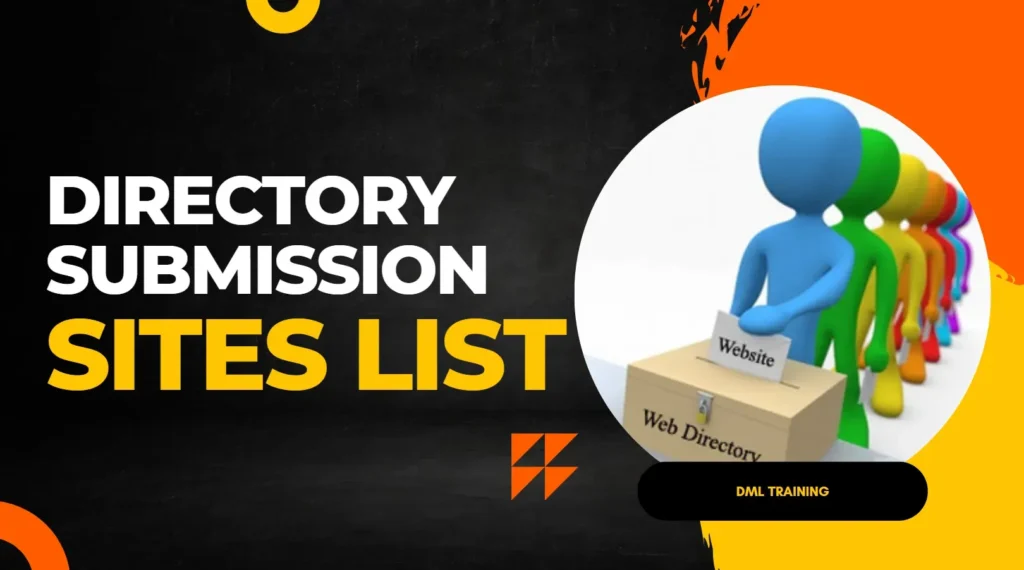
5. How to Build Directory Backlinks Step-by-Step
Here’s a proven step-by-step process to build directory backlinks safely:
Step 1: Prepare Your Website
Ensure your website has:
- A clear description
- Proper meta title and keywords
- A working contact page
Step 2: Write a Compelling Business Description
Add a professional summary of your website or business. Include relevant keywords naturally—avoid keyword stuffing.
Step 3: Choose the Right Category
Pick the category that best matches your niche to ensure relevant indexing.
Step 4: Submit Your Site
Submit manually. Avoid automated submission tools—they can get you flagged for spam.
Step 5: Track Your Submissions
Keep a spreadsheet of submitted directories, URLs, and approval dates to track progress and avoid duplicates.
6. Common Mistakes to Avoid with Directory Backlinks
Although directory backlinks are beneficial, poor implementation can result in SEO penalties. Avoid these mistakes:
- Submitting to low-quality directories
- Using duplicate content in every listing
- Overusing exact-match anchor texts
- Submitting to irrelevant categories
- Submitting your site too often to spammy networks
Remember: quality beats quantity every single time.
7. Power Keyword Strategy: Build Authority Fast
If you want to supercharge your authority, combine directory backlinks with power backlinks—high DA contextual links from guest posts, forums, and trusted blogs.
This power keyword strategy amplifies the effect of your directory backlinks, helping you dominate SERPs faster.
For instance:
- Create a guest post with a link to your directory listing.
- Interlink your listings across trusted business directories.
- Build backlinks gradually to look natural in Google’s eyes.
This hybrid approach can make your website’s authority skyrocket—a true power move for 2025 SEO.
8. Top High-Quality Directory Sites to Submit In 2025
Here are some reliable options to get started:
- Google Business Profile – For local businesses.
- Yelp – Strong for customer reviews and credibility.
- Bing Places – Helps build visibility on Microsoft’s search network.
- Hotfrog – Global directory for SMEs.
- Spoke.com – For professional and business profiles.
- Brownbook.net – Free and global.
- Blogarama – Great for bloggers.
- Alltop – Curated directory for authority blogs.
- Jasmine Directory – Paid but extremely reputable.
9. How Directory Backlinks Improve Trust and SEO Ranking
Search engines love consistency. When your business information appears across multiple reputable directories, it signals trust and legitimacy.
Benefits:
- Higher click-through rates (CTR)
- Better indexing speed
- Increased organic visibility
- More referral traffic
Search engines view this as a sign that your business is active and credible—ultimately improving your ranking potential.
10. Directory Backlinks vs. Other Link-Building Methods
| Link Type | Difficulty | Impact on SEO | Best For |
|---|---|---|---|
| Directory Backlinks | Easy | Moderate to High | Beginners & Local SEO |
| Guest Posts | Medium | High | Authority Building |
| Broken Link Building | Hard | Very High | Experienced SEOs |
| Forum Links | Easy | Low | Brand Awareness |
Directory backlinks are the easiest way to start your link-building journey and set a foundation for stronger link-building campaigns.

11. The Future of Directory Backlinks in SEO
As SEO continues to evolve, directory backlinks are shifting from mass submissions to quality relevance.
In 2025 and beyond, the focus is on:
- Niche directories only
- High-authority platforms
- Manual review processes
- Verified listings
These factors make directory backlinks not just relevant but essential for off-page SEO.
12. Final Thoughts: Why You Shouldn’t Ignore Directory Backlinks
If you’re serious about ranking higher and building a credible online presence, directory backlinks are a must-have in your SEO strategy. They offer a blend of authority, visibility, and traffic—especially for small businesses and bloggers.
By focusing on quality directories and maintaining natural link diversity, your site can gain lasting results that go beyond just rankings.
In Short:
Improve authority & visibility
Strengthen local SEO presence
Gain referral traffic
Enhance brand trust
Directory Backlinks are not dead—they’ve simply evolved. When used smartly, they can still supercharge your SEO and give you a competitive edge in 2025 and beyond.


